Do Manual Cars Have Cruise Control? [Full Guide!]
Cruise control is a great feature available on most cars. It is perfect for long distances and stretches of road that are reasonably empty and don’t have a lot of twists and turns. But, today, I will explain if manual cars have cruise control.
Generally speaking, most modern manual cars come with cruise control. However, this feature functions slightly differently on a manual car than on an automatic car. Cruise control on an automatic car will change gears, whereas you need to change gears on a manual car when in cruise control.
Cruise control is reasonably straightforward to use. However, there are a few key things to know about how it works. This article will be a complete guide on everything there is to know about cruise control on manual cars.
How Cruise Control Works on Manual Cars
Many people never use cruise control on their cars even though many vehicles have advanced cruise control features. It’s necessary to change gears often on a manual car, which makes understanding how cruise control works on manual cars. So, here’s a summary and detailed explanation of how cruise control works on manual cars.
Overall, you set the cruise control speed and enable and disable it using the controls on the steering wheel or a lever attached to the steering wheel. It will automatically keep your car at the speed you set. But, you need to manually change gears to stop the engine from stalling.
There are many different versions of cruise control, and they differ based on the make, model, and year of the car. Some will:
- Slow down your car automatically when it senses a vehicle in front of you
- Turn off the cruise control when you press on the brakes
- Turn off the cruise control when your speed drops below a certain speed – usually around 20 to 30 mph (32 to 48 km/h)
- Disable the cruise control when you press the clutch in
A manual car with cruise control that can be enabled at any speed is often called ‘all-range.’ It can be set at any speed and won’t be disabled if your speed drops too low. This is ideally suited to stop-and-go-type situations, such as when you are in heavy traffic. This feature is more common on newer cars – made in 2017 or later.
On older manual cars with cruise control, the cruise control is disabled when you press the clutch. Whereas, on newer car models, you can change gears any time you want. However, some limit how long you can press the clutch in. For example, it will disable the cruise control if you press the clutch for more than 2 seconds.
Modern cars from about 2017, often have an inbuilt feature that will disable the cruise control if the engine gets close to stalling. And many car models will notify you to change gears when it detects the revs are too low for the speed and gear.
What happens if a car in front of you is going slow
Setting the cruise control to just under the speed limit is common. However, cars in front of you can often slow down to take an exit or drive slower than expected.
Many modern manual cars with cruise control have sensors that detect when there is a car in front of you and will automatically slow down. Such as Toyota cars, which have what they call ‘Dynamic Radar Cruise Control.’ This feature is now standard on most new car makes and models.
However, if a manual car doesn’t have this feature, you need to press on the brakes to slow down. Here’s what happens if you brake when cruise control is on.
Can You Brake on Cruise Control?

Cruise control is designed to keep your car at a constant speed, but all too often, something will happen that will require you to brake, such as a sharp turn or a car pulling out in front of you. So, this is what happens if you brake while the cruise control is on, and if it’s possible.
You can brake on cruise control. Once you have finished braking, the cruise control will accelerate, returning to the set cruise control speed. However, if it’s a manual car and you decelerate, you typically need to shift down a gear or two to stop the engine from stalling.
A car can struggle to accelerate and stall if you decelerate too much. For example, if you are in 5th gear and brake all the way down to 10 mph (16 km/h), the car won’t be able to accelerate in 5th gear at this slower speed.
Therefore, you will need to change down to 2nd or 3rd first, and then change up gears as the cruise control accelerates for you manually.
But, in general, it’s easiest to take it out of cruise control when you need to brake a lot. Then, once you’re in a place where you don’t need to brake as often, you can put it back into cruise control.
Does Cruise Control Change Gears
While cruise control is active, the acceleration and deceleration are controlled by an onboard computer. However, on manual transmission cars, there is no way for the car to change gears itself. So, here’s whether cruise control can change gears on manual and automatic cars.
Typically, cruise control does not change gears on a manual transmission vehicle. Thus, if you need to brake or you enter a very steep hill, you will need to change down gears on a manual transmission. However, the cruise control feature on most automatic vehicles is designed to change gears too.
When you are on a steep hill in the wrong gear, the car can stall, and you will need to brake immediately. Therefore, you should change down gears when your car is struggling to go up a hill.
By comparison, you don’t need to change gears when in cruise control on an automatic car. The one exception is on very steep hills where the onboard computer can’t detect that it’s a very steep hill. In that case, you may need to put it into manual 1st or 2nd to have enough acceleration to make it up a hill.

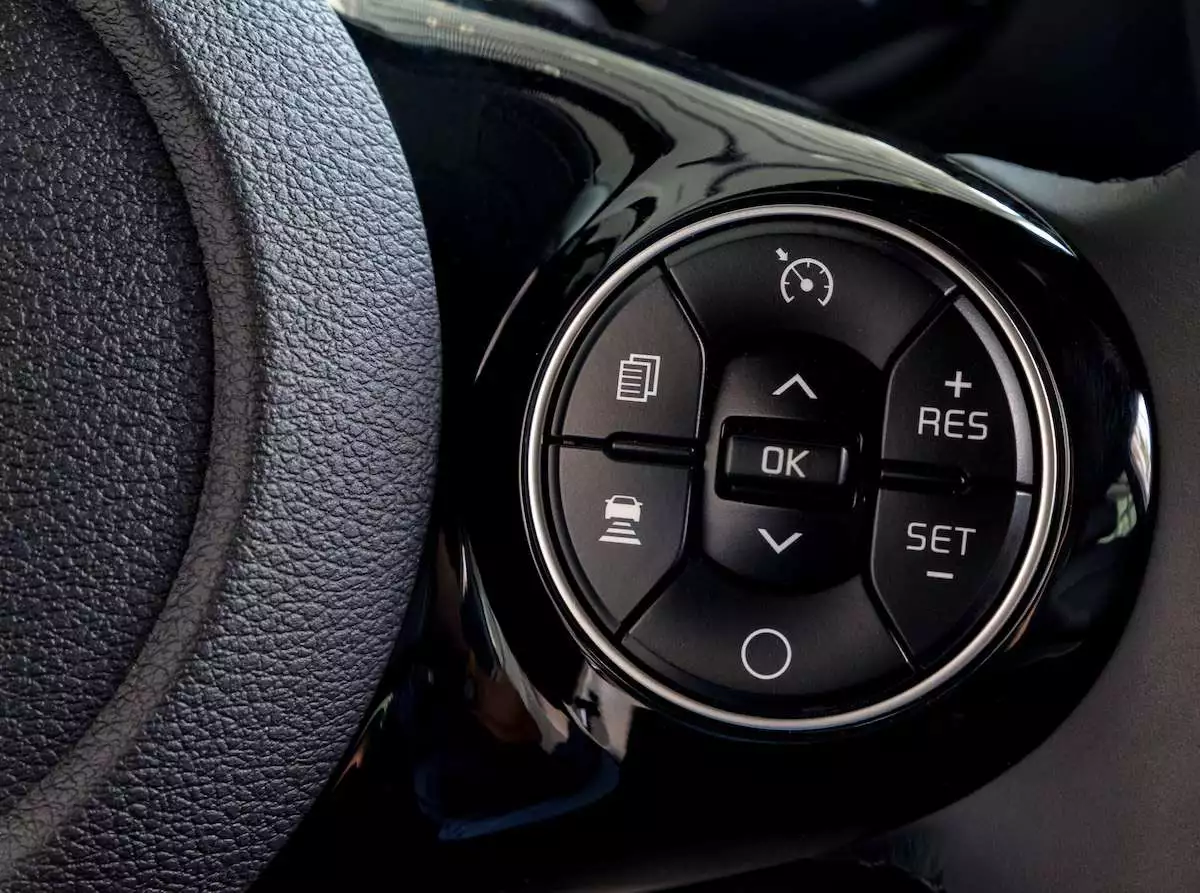
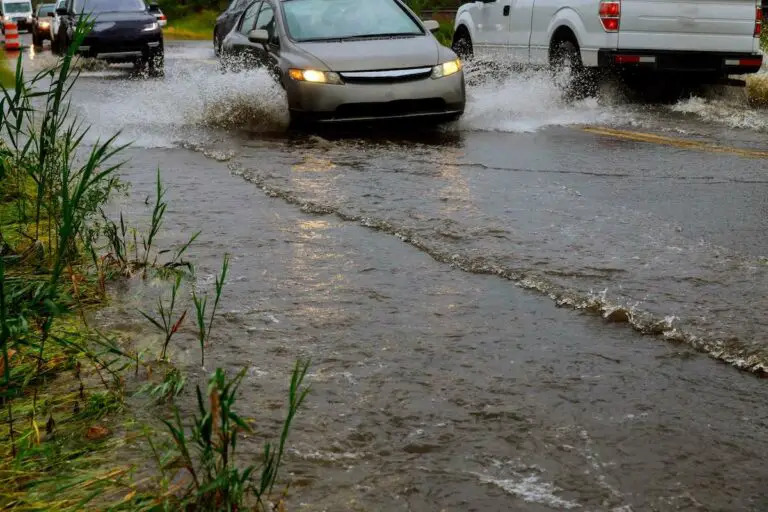
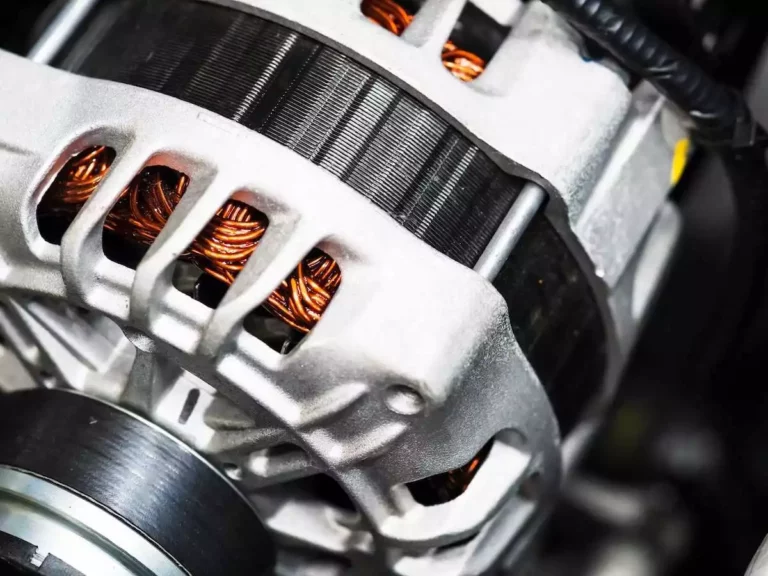
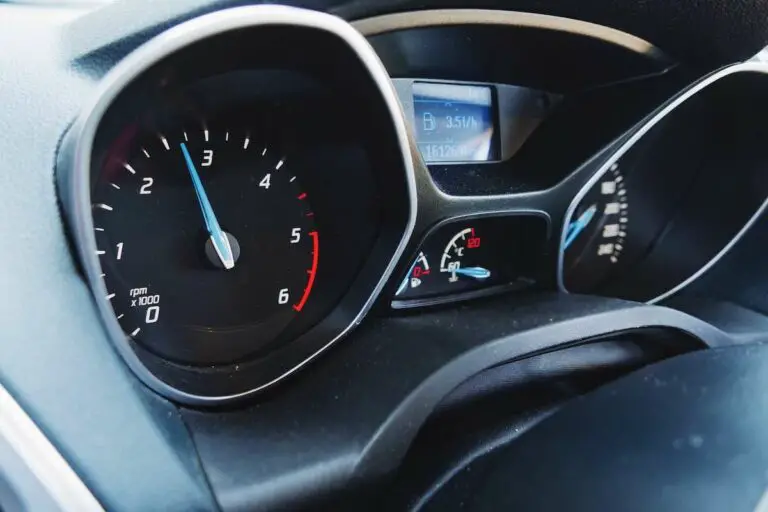
![Car Won’t Start But Radio Works? [Reasons & How to Fix!]](https://vehicleuniversity.com/wp-content/uploads/2023/01/hand-press-on-button-on-the-car-radio-close-up-2022-01-05-19-28-02-utc-768x576.webp)
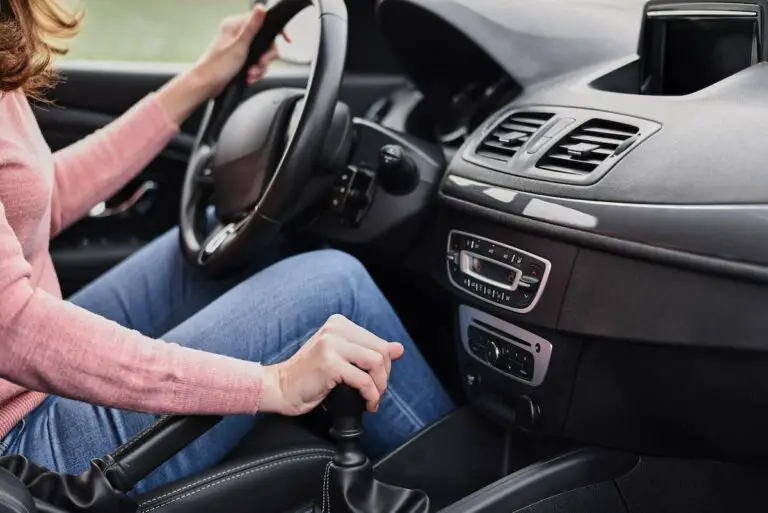
![AAA Car Battery Review – Is It Worth it? [Owner’s Opinion!]](https://vehicleuniversity.com/wp-content/uploads/2023/01/AAA-Car-Battery-768x512.webp)